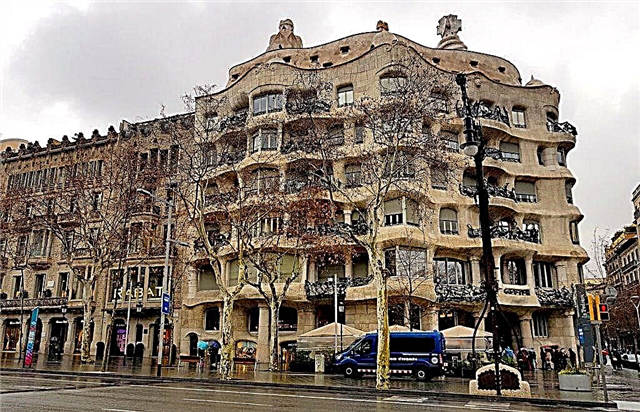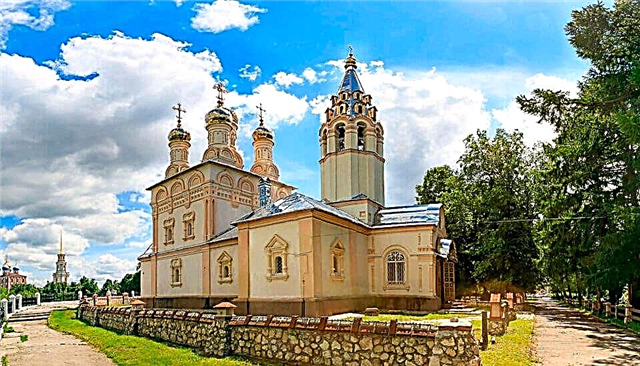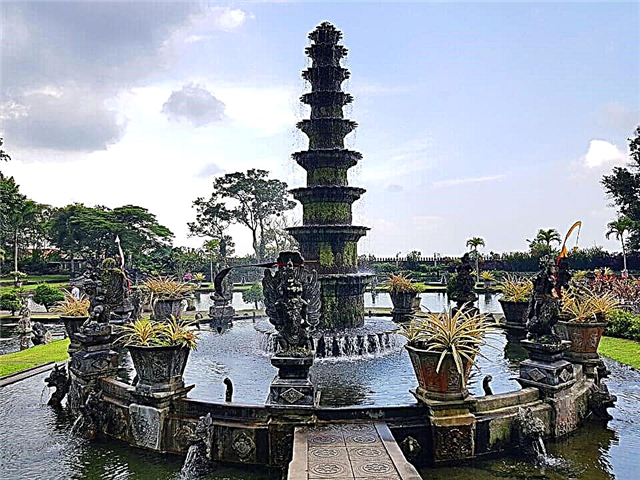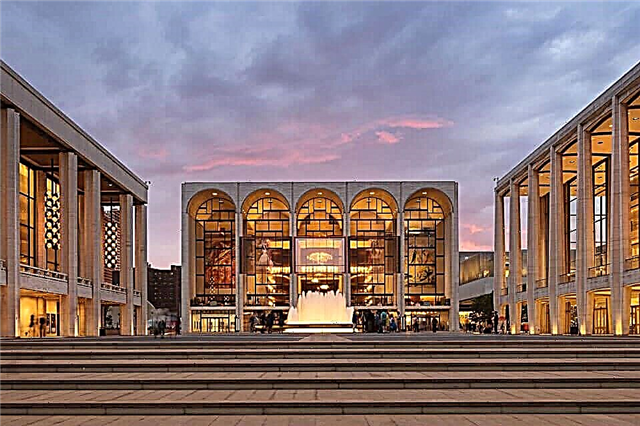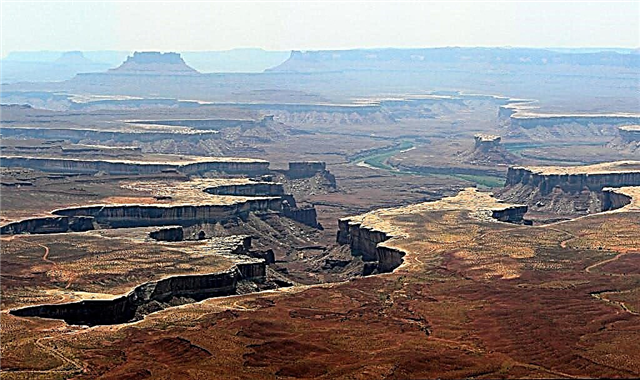Tourists from all over the world come here to see the unique geological deposits, as well as get closer to the history of human development and ancient evidence of prehistoric Indian culture. This piece of unspoiled nature is located in southern Utah within the Colorado Plateau. We are talking about the Canyonlands National Park, located at an altitude of 1.4 to 2.8 thousand meters. This rocky area, indented by steep canyons of rivers, is located within the desert territory, where it never receives more than 250 mm of precipitation per year. In winter, the temperature here can drop to -8 degrees, and in summer it exceeds +24. The daily temperature range is about 50 degrees here. In these extreme climatic conditions, peculiar forms of relief were formed, and people lived here thousands of years ago.

History of the park
Scientists managed to establish that the first people who appeared here from 2 thousand to 10 thousand years ago were hunter-gatherers. Later, from searching for edible plants and hunting for game, the ancient inhabitants of these places turned to agriculture and began to engage in handicraft, making products from vines and developing pottery. The ancient Indians, 450 years BC, already lived here in large settlements and used special underground structures called "kiva" to carry out certain rituals. In the XIII century, for some reason, they left this area.

While exploring the Wild West and penetrating deep into the territory already in the 18th century, the Americans accidentally stumbled upon this territory. However, it was not the beauty of the surrounding nature, but quite practical ideas that attracted a lot of lovers of easy money here. In the canyon gorges, criminals and smugglers were hiding from justice. During the years of the “uranium rush, prospectors paved their way here, trying to make a fortune on radioactive gold. All this subsequently contributed to the further exploration and study of this territory.
The archaeological heritage and recreational resources of this part of the Colorado Basin were taken up seriously in the 50s of the last century. And in 1964, the American president signed the Canyonlands National Park Act into law.

Surreal landforms
Using the example of the classical relief of the Canyonlands, one can clearly study the geological processes that took place on Earth. The Colorado Plateau, within which the National Park is located, is part of the continental crust. In the process of formation, precipitation accumulated on its surface, formed as a result of weathering and periodic attacks of the ocean on the mainland. The remaining oceanic sediments thickly covered the layers of sediment below. Under their pressure, metamorphization processes took place, during which the underlying rocks acquired hardness.

Due to vertical tectonic movements, western North America slowly rose to form the Colorado Plateau. At the same time, the channels of the Colorado and Green, cutting into the thickness of the rocks, formed deep canyons. In the Canyonlands, their depth is about 600 meters. As a result of internal processes, intense weathering and the conditions of the desert climate, not only picturesque canyons, but also other completely surreal forms of relief were formed on the plateau.
From the Island in the Sky to the Labyrinth
The territory of the park occupies such a huge area that it is divided into separate parts. Each of them has its own name. In the parts of the park, called the Island in the Sky and Needles, it is possible to get around by car, and in the Labyrinth and Horseshoe Canyon they can only move on foot.

Island in the sky
The island in the sky is located on the Green and Colorado watershed and lives up to its name. Its absolute height is over 1,800 meters. From here, a wide view of the territory of the entire National Park opens. Among the picturesque landscapes and bizarre landforms, a crater with a diameter of about 5 km, formed 170 million years ago, deserves special attention. Despite its decent height, the Island in the Sky is the most visited and most accessible part of the Canyonlands for most tourists.

Needles
Eagle is of great interest to tourists. The territory got this name due to the accumulation of bizarre rocks formed as a result of erosion processes. Numerous canyons, aerial arches and mysterious caves dominated by red and white sandstone spiers give the Eagle landscape a fantastic look. You can get around the Eagle territory not only by car, but also on foot or by bike. Fans of outdoor activities often visit Igla. Some of the most popular attractions here include Angel Arch, Elephant Mountain and Indian Creek. The sheer cliffs of Indian Creek attract climbers from all over the world, where everyone is trying to test their capabilities and skills.

Horseshoe Canyon and Labyrinths
Horseshoe Canyon attracts lovers of antiquity. It was here that the rock carvings of the Indians of North America were discovered. In addition to signs and symbols, you can see images of human figures here. The rock paintings occupy the gallery, which is four and a half meters high and 61 meters wide.
The most remote and most inviting place in the Canyonlands is the territory of the Labyrinths, which consists of a group of canyons. It is impossible to get here by any transport. You can get to this hard-to-reach place by moving exclusively on foot. Even if you manage to overcome the difficult path to the Labyrinths, do not relax. Traveling through the labyrinths of canyons is much more difficult. Therefore, not everyone can visit this part of the park. Everyone who volunteered to visit the Labyrinth must demonstrate excellent physical characteristics and fully provide themselves with food and drinking water. Those tourists who want to test themselves, to be in silence and loneliness prefer to go on this fascinating journey.
Entertainment
The varied terrain in this national park is conducive to various types of recreation. Therefore, here you can meet fans of mountaineering, and hikers, and cyclists. Sites of Colorado and Green with calm currents offer canoeing, while swift currents offer rafting and kayaking across the rapids. In Canyonlands, you can simply relax while admiring the changing lighting of the cliffs during sunrise and sunset.
It is worth noting that in this area everything has been done so that tourists can fully experience the charms of primeval wildlife. Therefore, unlike other similar parks in the Canyonlands there is no running water, only dirt roads are laid, and hikers can move along primitive paths.
Recommended reading Mesa Verde in the USA.

